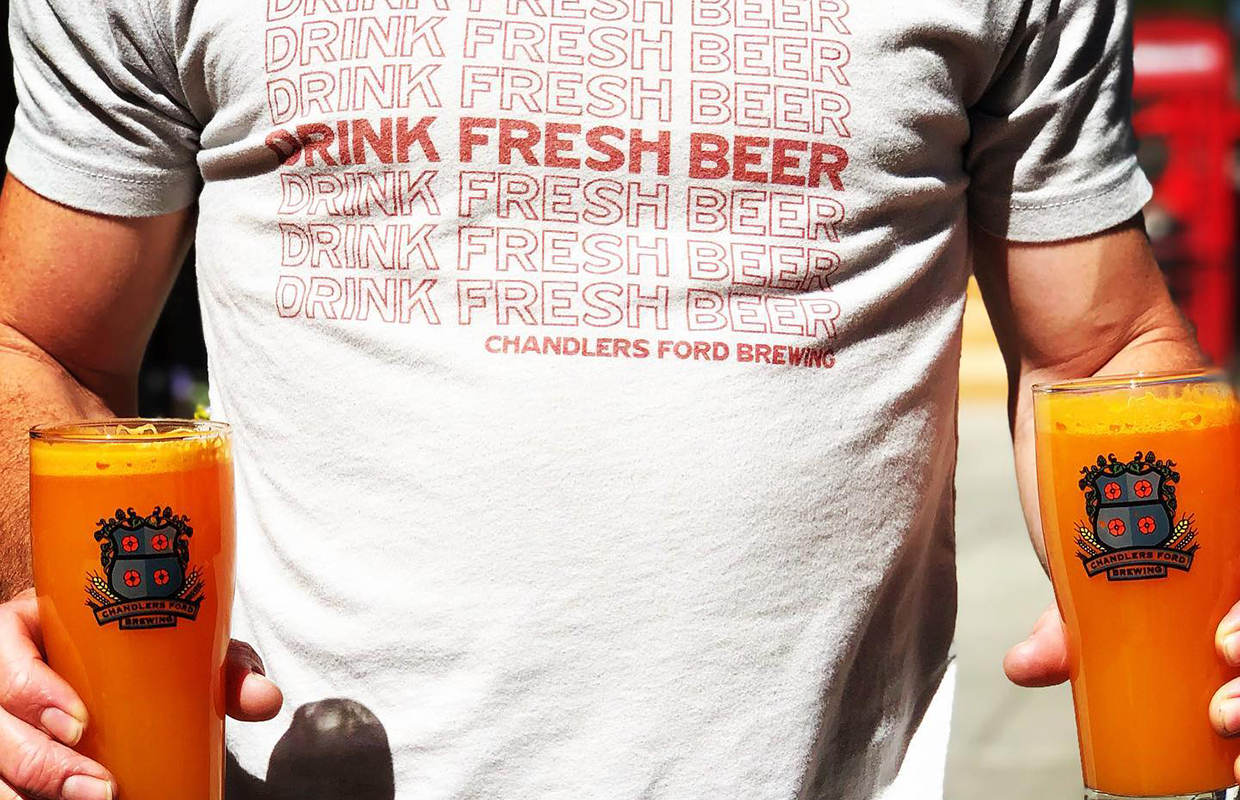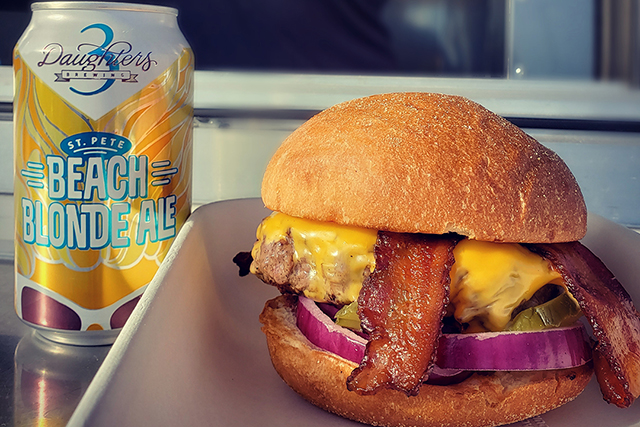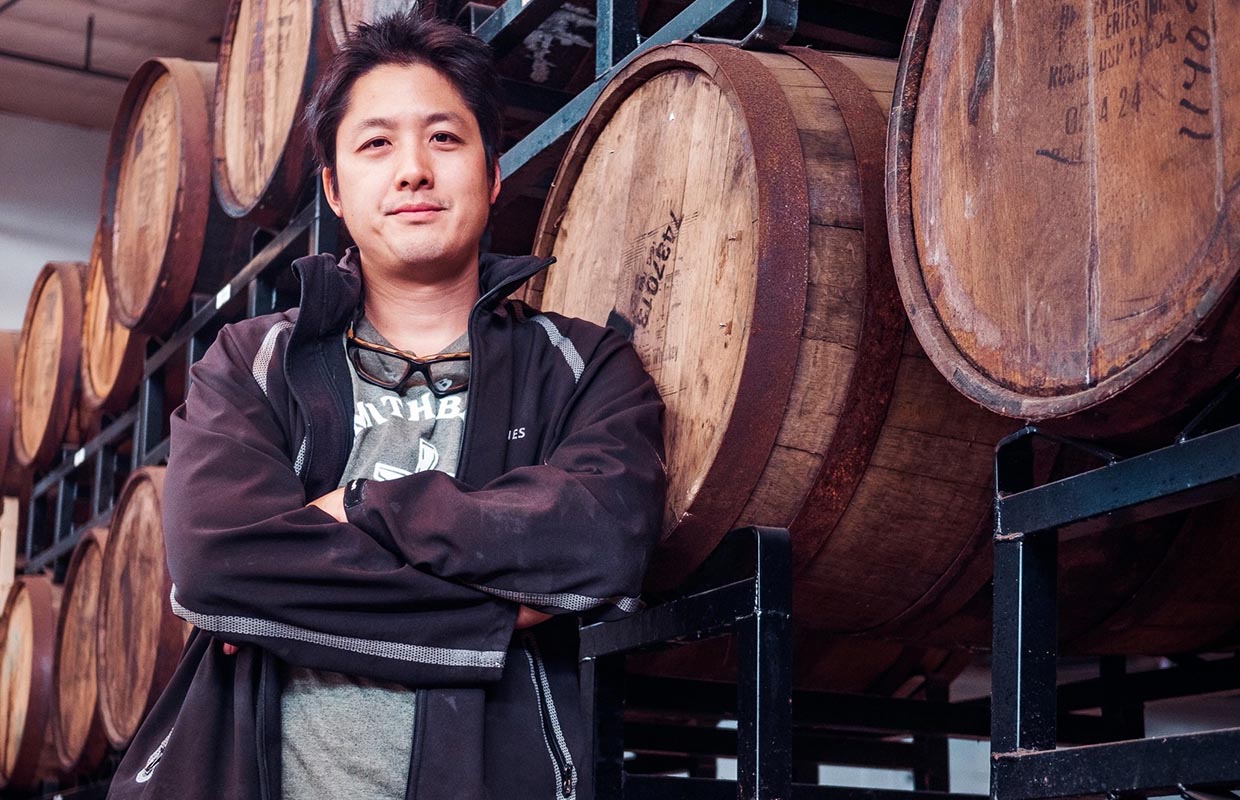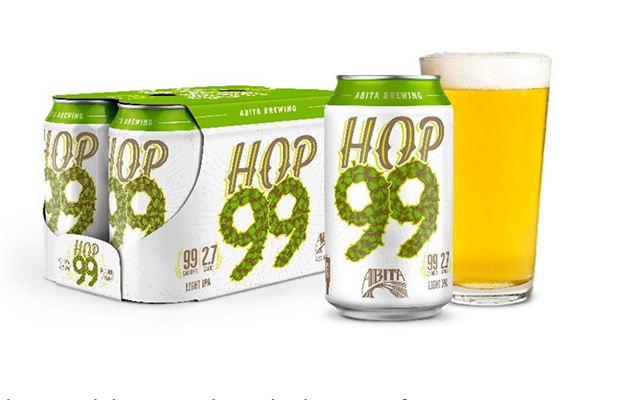
Innovation is one of the first words you always hear from a brewery owner or member when asked about what drives them (usually it’s right after the word ‘quality’). Keeping up on being innovative is important for a fast-pace industry that seemingly has a new trend every month. Whether they stick or not is another question.
Brewer is always picking the minds of these folks and sharing what has been in their thoughts for the coming year when it comes to working on being innovative. It could be small or a big expense, but being able to articulate it and use it either in bettering products and brands or marketing it to consumers, innovation can be a big step in growing your company. Here are a few.
Keep it Local
Moving to domestic grown and malted malts has been a big deal for Chandlers Ford Brewing, said owner and brewer Doug Tibbs.
“I want our brand to be associated with,” he said. “High quality materials plus cellar procedures, plus yeast health tends to yield pretty good results for us.”
Being able to keep up with personal relationships from the vendor side is something Tibbs enjoys as well.
“With the landscape evolving constantly it’s crucial to keep those relationships healthy,” he said.
Direct to Consumer
Although it isn’t legal in all states, lots of breweries are trying to figure out how to do direct-to-consumer sales and make it profitable For high end, more high-priced products, Parish Brewing’s Andrew Godley thinks it’s the future of beer sales.
“The laws will continue to evolve and allow access to more consumers in more states and I am going to make sure Parish is prepared for that,” he told Brewer.
READ MORE: What Does “Direct-To-Consumer” Mean to Your Brand?
Earlier in 2022 the Broussard, Louisiana brewery launched DTC sales in nine states and Godley said it has been a wonderful addition to the sales of the brewery’s more limited and high-end beers.
In places where Parish hasn’t yet found a foothold in wholesale, DTC offers the company a great way to profitably build its brand and develop strong relationships with new consumers that know the brand already.
Variety Matters
You want to brew for what sells, but less known styles can become a good taproom backbone, feels Jim Civis.
“Our priority is on styles less represented in the market,” the co-founder of Printshop Beer said. The Knoxville brewery started out distributing all the beers they also carried in the taproom, but now Civis has shrunk its distribution portfolio over the last couple years to core brands, like a West Coast IPA, a Pale Ale and a Brown with some seasonals.
“These beers are a bit more old school and offer decent margins at the prices we need to charge to compete against larger breweries, so they’re viable financially,” he said. “We also do best at non-chain restaurants that focus on using local ingredients, so our beers align with their ethos.”
While they continue to brew trendy styles for the taproom, like hazies and sours, those stay at home where margins are better overall.
Photo courtesy Chandlers Ford Brewing




Be the first to comment